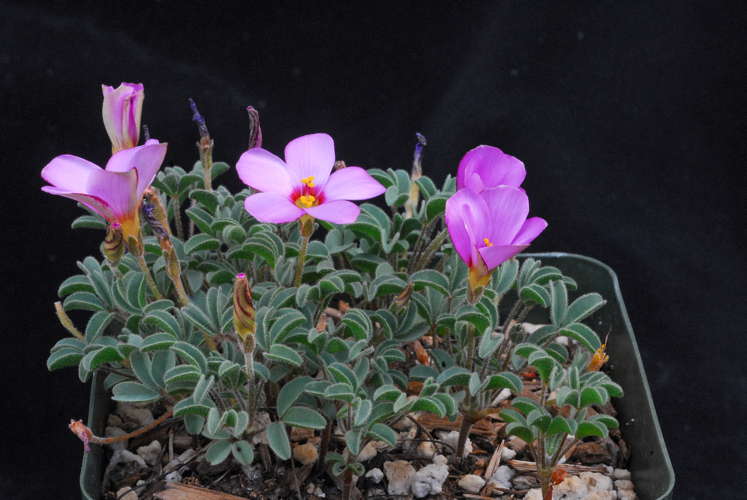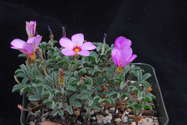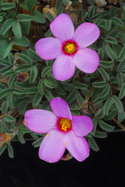The late Michael Vassar was a skilled horticulturist who worked for a time as a garden curator at the Huntington and was well known in the local C&S community. He made several expeditions to South Africa in pursuit of succulents and a number of his succulent collections have been offered through the ISI. He specialized in Pelargonium and Oxalis and made significant contributions in propagating, popularizing and distributing these. The bulk of his Oxalis collection came to the Huntington in 2002 and 2003 shortly before his death. Since that time, not wanting to be responsible for the next Oxalis pes-caprae invasion, we have been growing them in containers, isolated from other plants, in order to evaluate their invasiveness. After a dozen years of observation, we can say, with some confidence, which are suspect and which are harmless. This is good news for collectors of bulbs and of companion plants to succulents because Oxalis are found in virtually all succulent habitats in the winter rainfall regions of South Africa and many summer rainfall regions as well. The genus displays a wide range of charming leaf forms and beautiful flowers that are deservedly popular and likely to become more so as word gets out as to what they have to offer. We list two Oxalis species this year and the first of these is O. callosa. The specific epithet is from Greek callo meaning “beautiful” which is certainly apt for its lovely flowers. These are 2.5 cm (1") in diameter and are pink with a distinct red central ring and two series of yellow anthers. They are produced from Oct to Dec. The leaves are trifoliolate, the typical arrangement in the genus, and the leaflets are elliptical to 7 mm (1/4") long, grayish, and minutely ciliolate (with a fringe of fine hairs on the margins). Divisions of HBG 99009, M. Vassar 5622, collected 16.6 km south of Nieuwoudtville, N. Cape, S. Africa. $8.

Published in the Cactus and Succulent Journal, Vol. 87 (3), May - June, 2015

